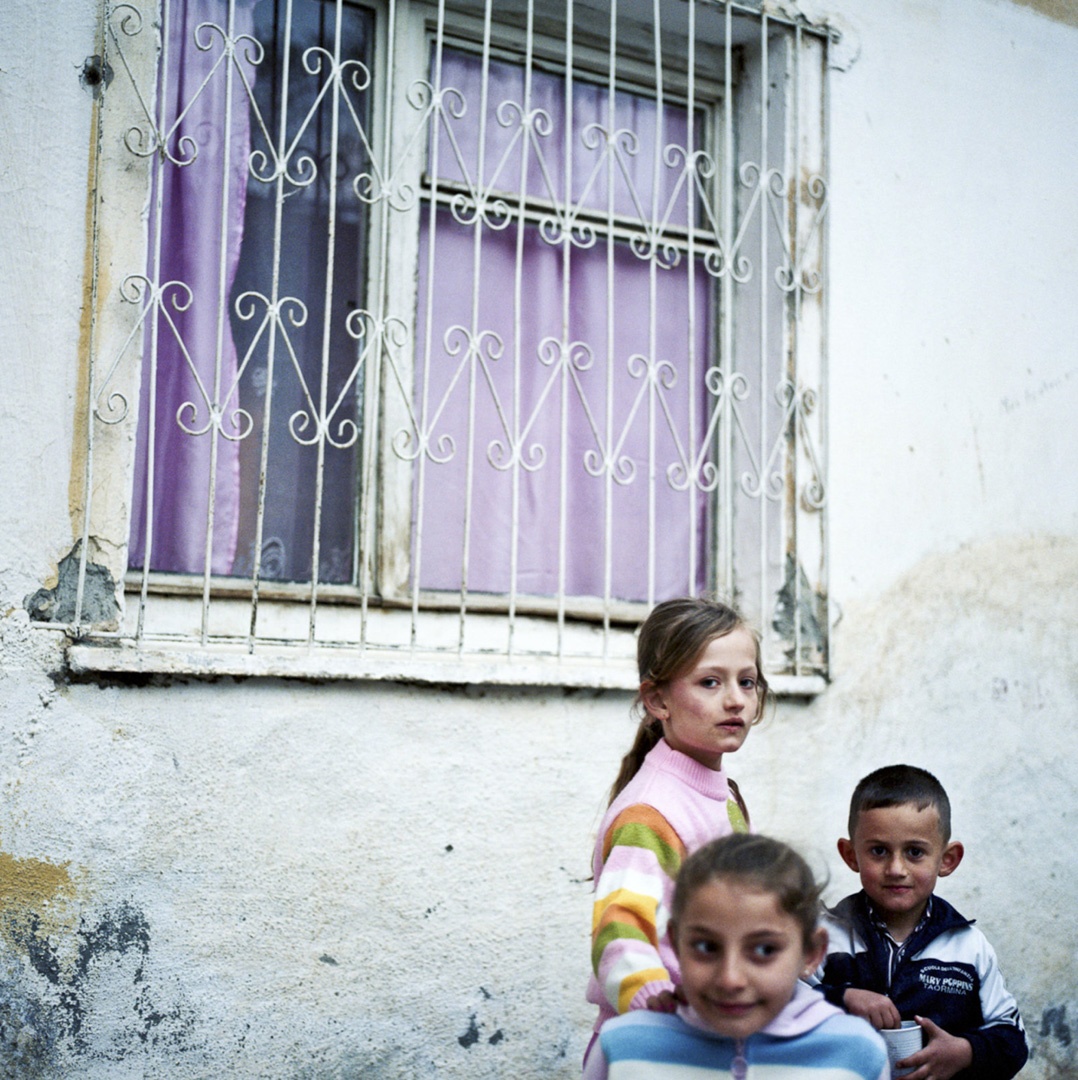
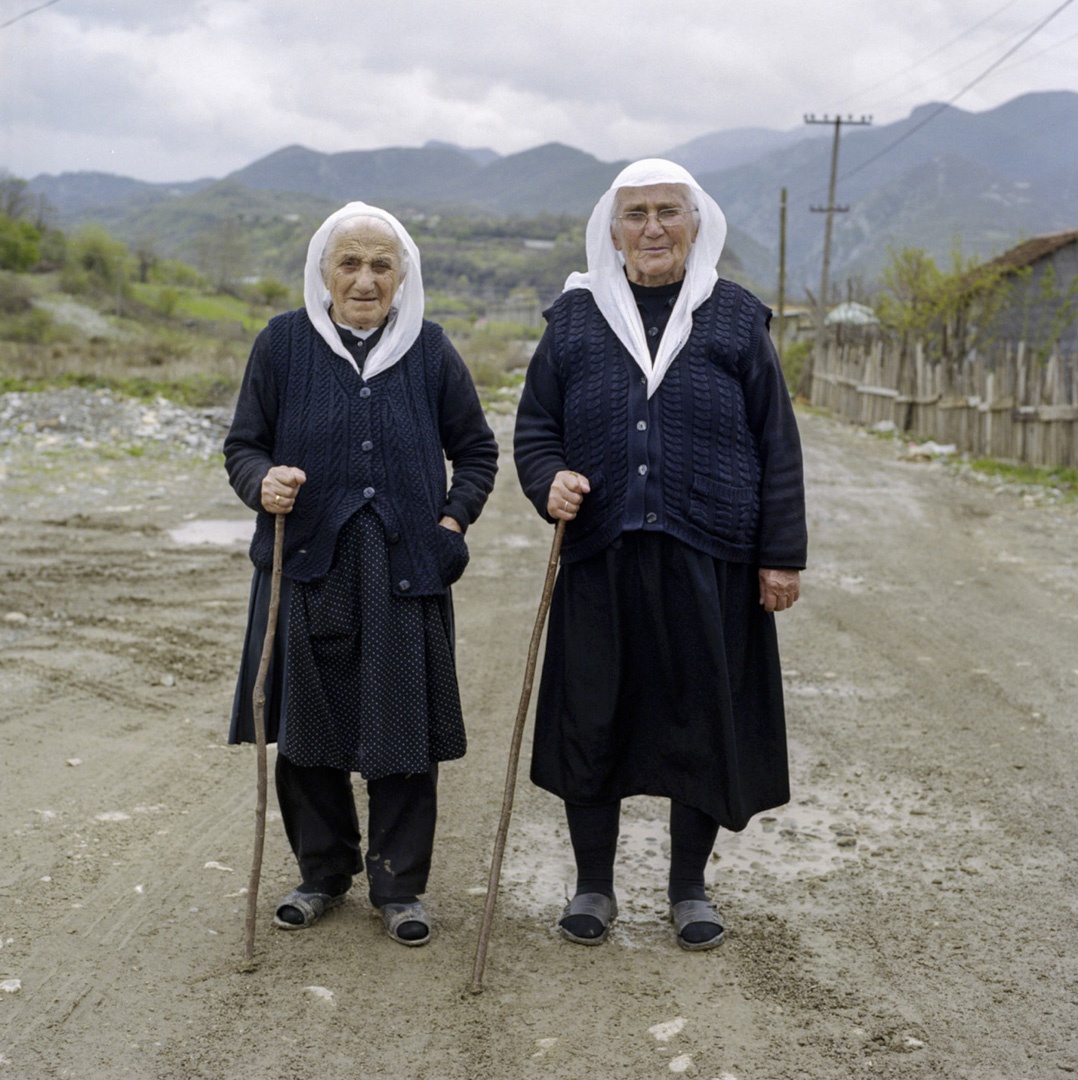

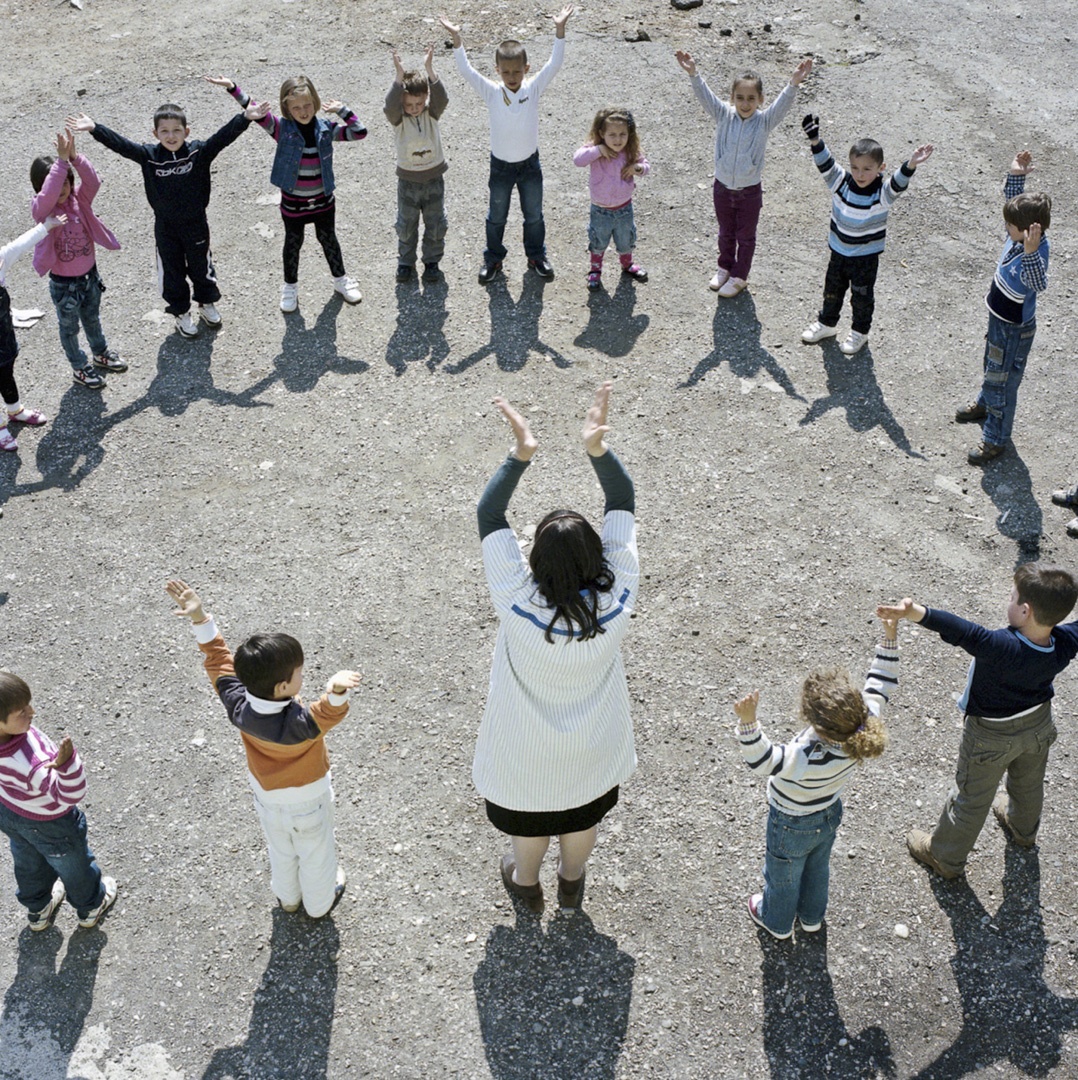
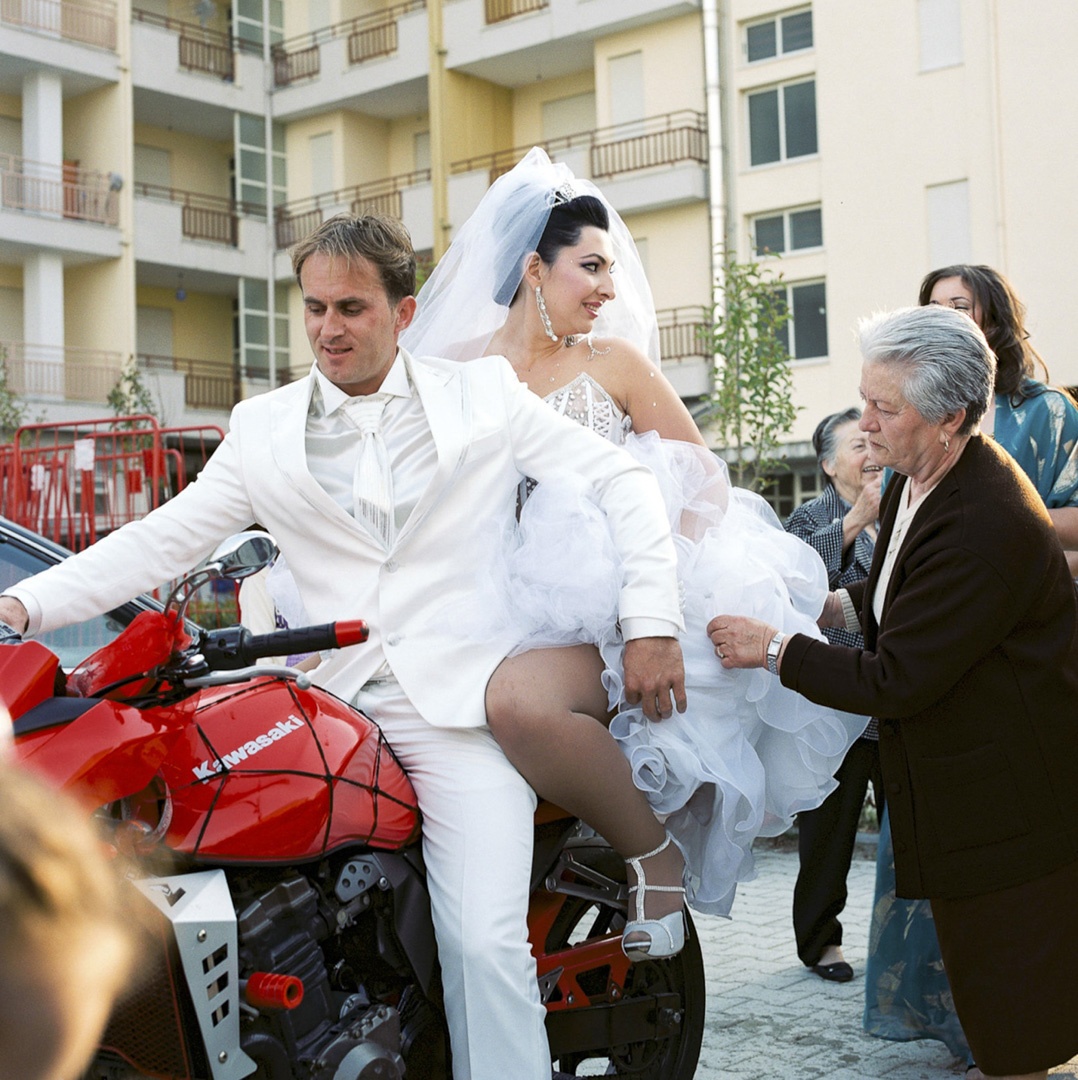
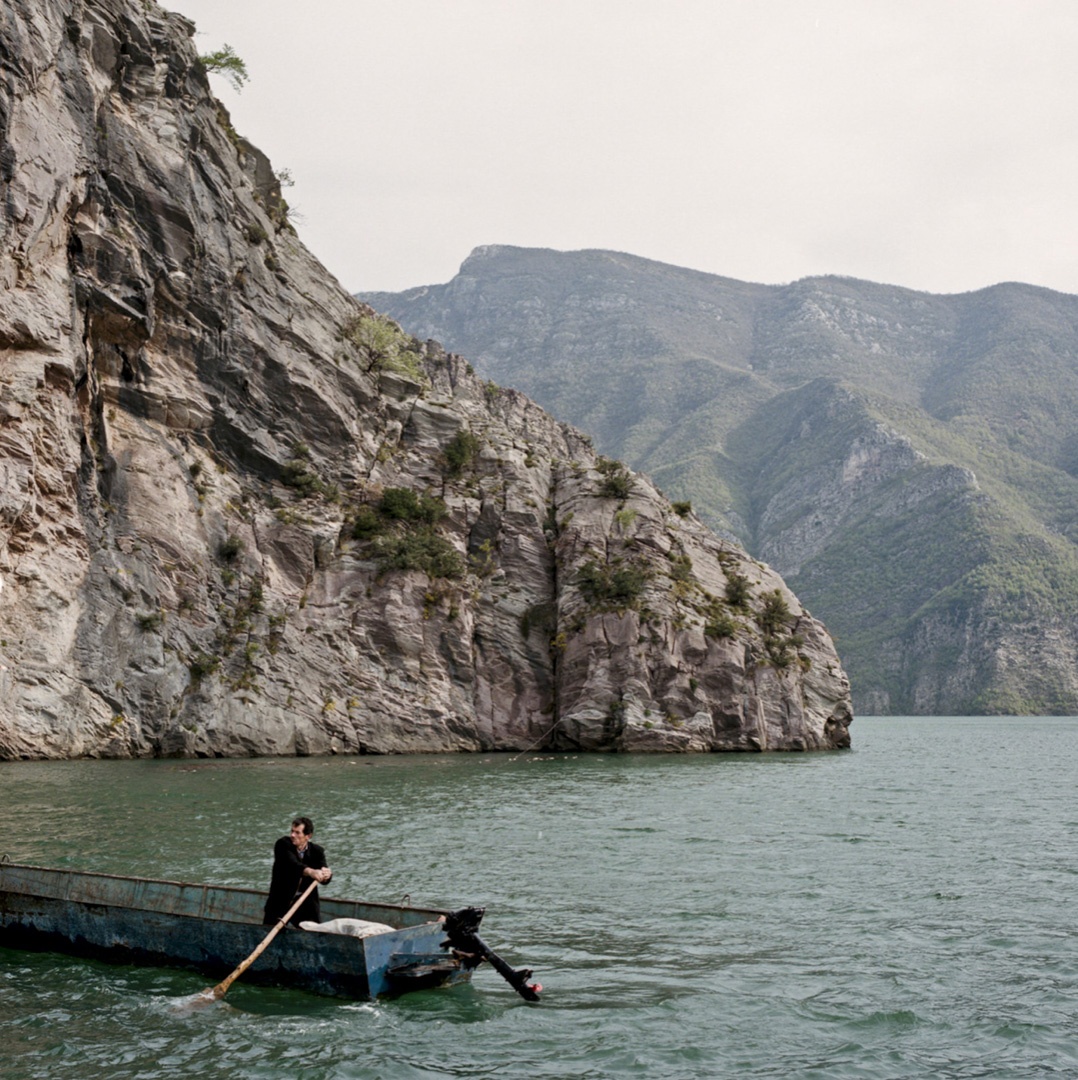
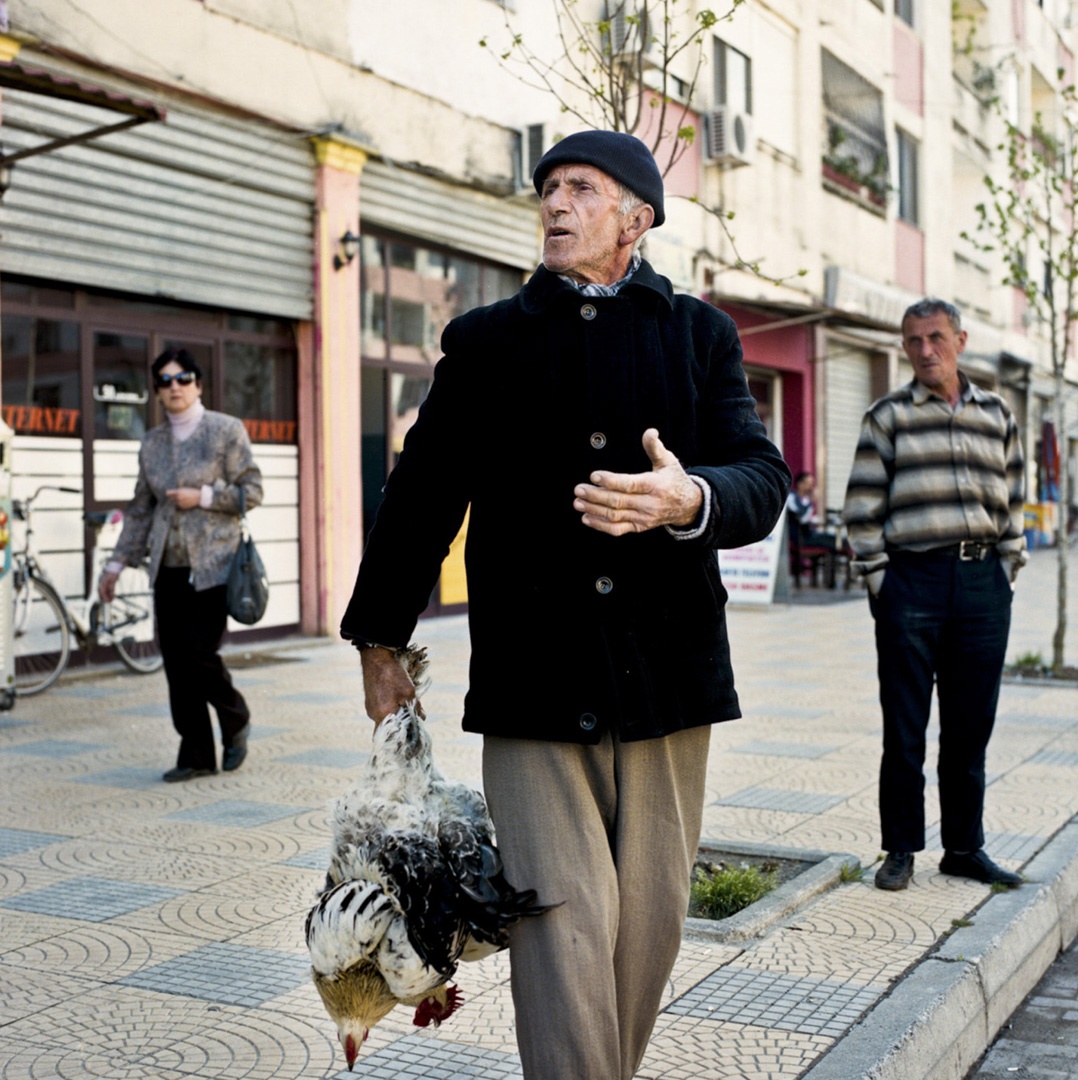
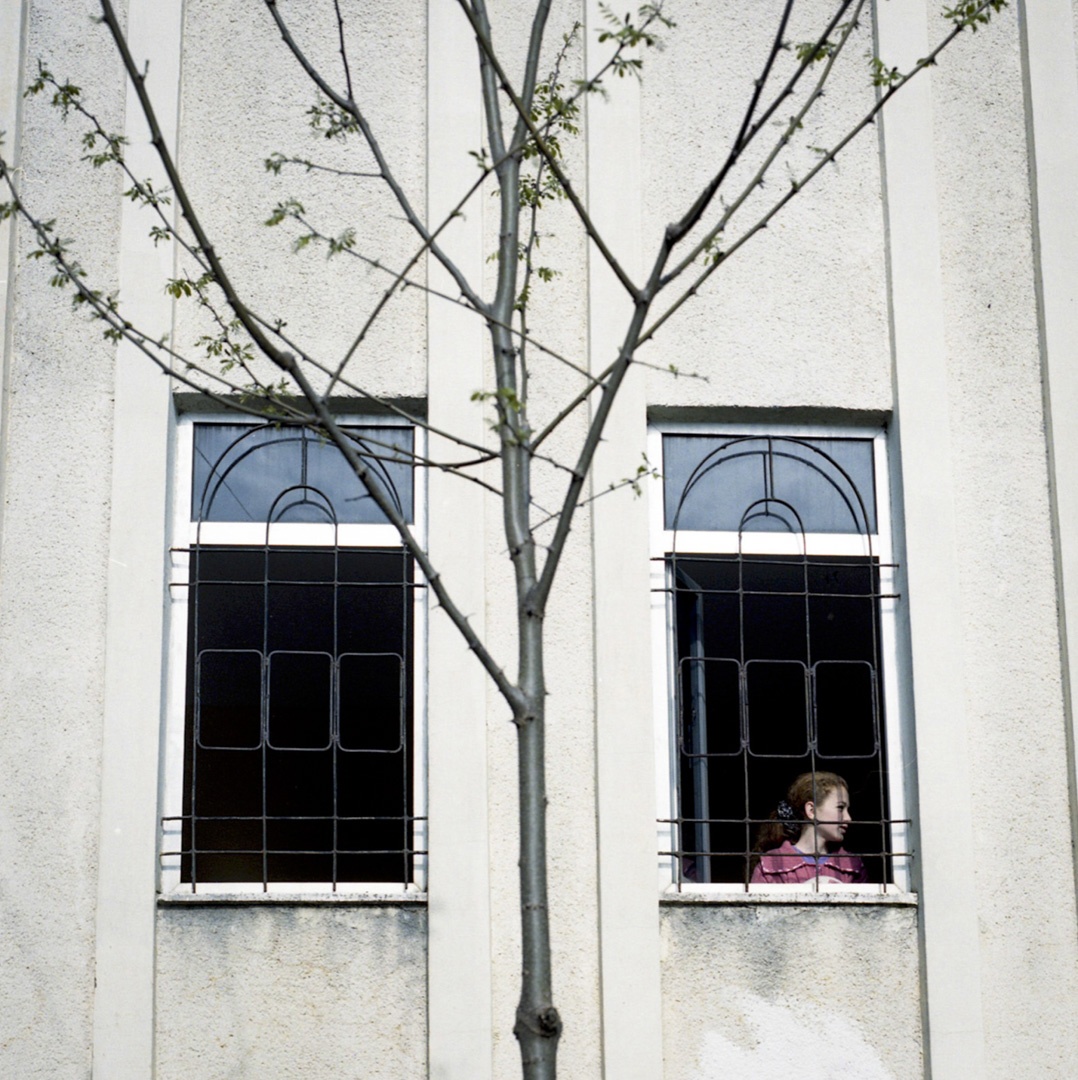

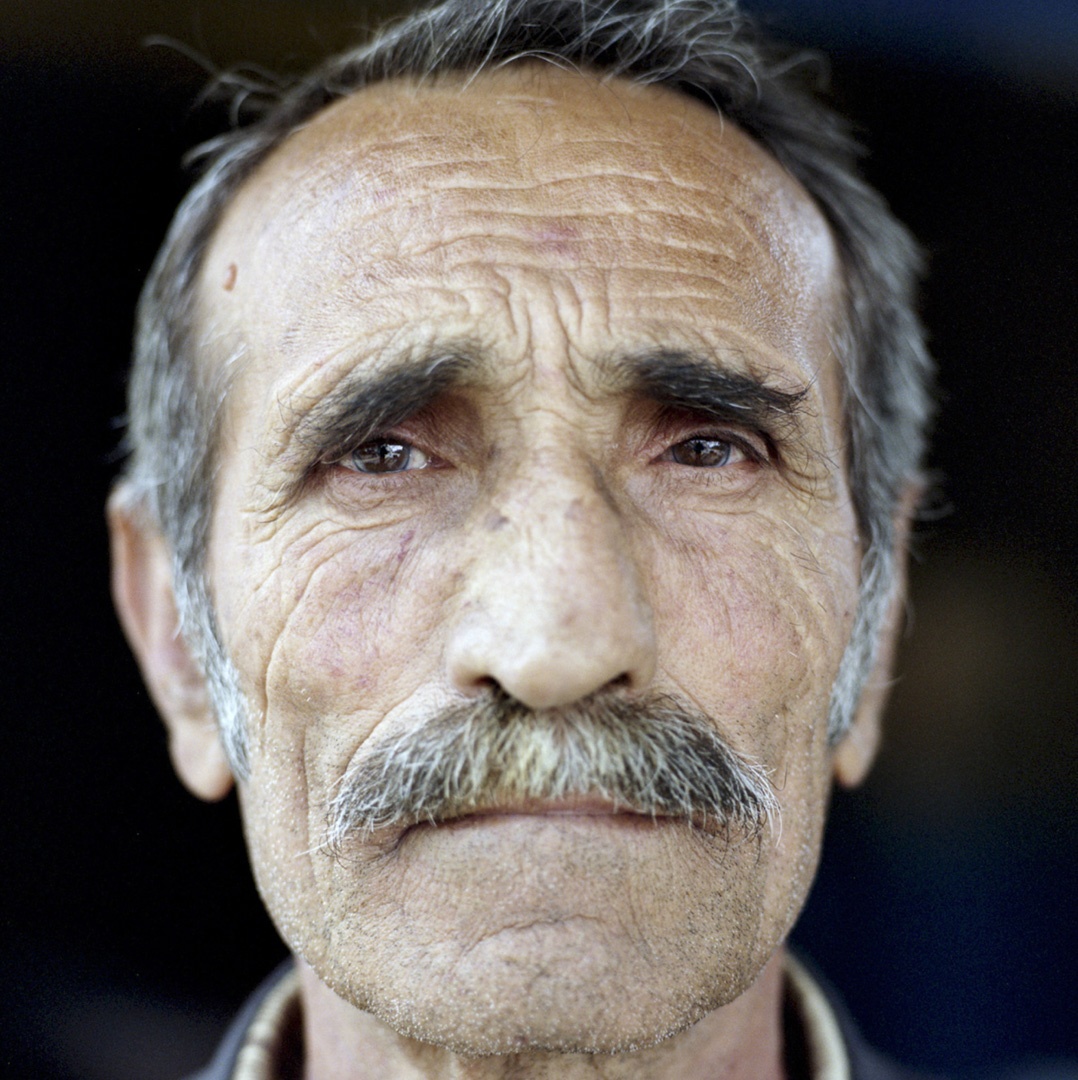
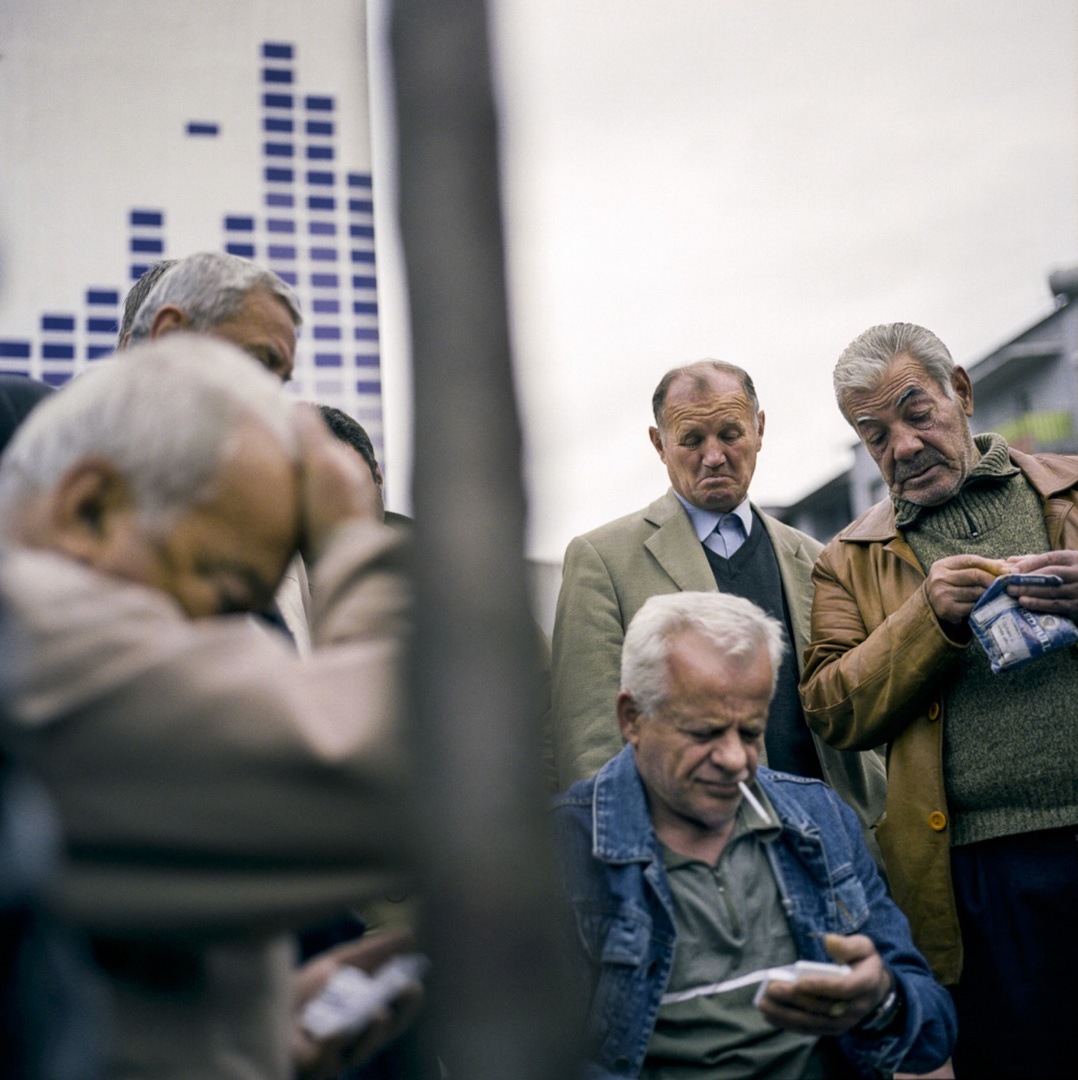
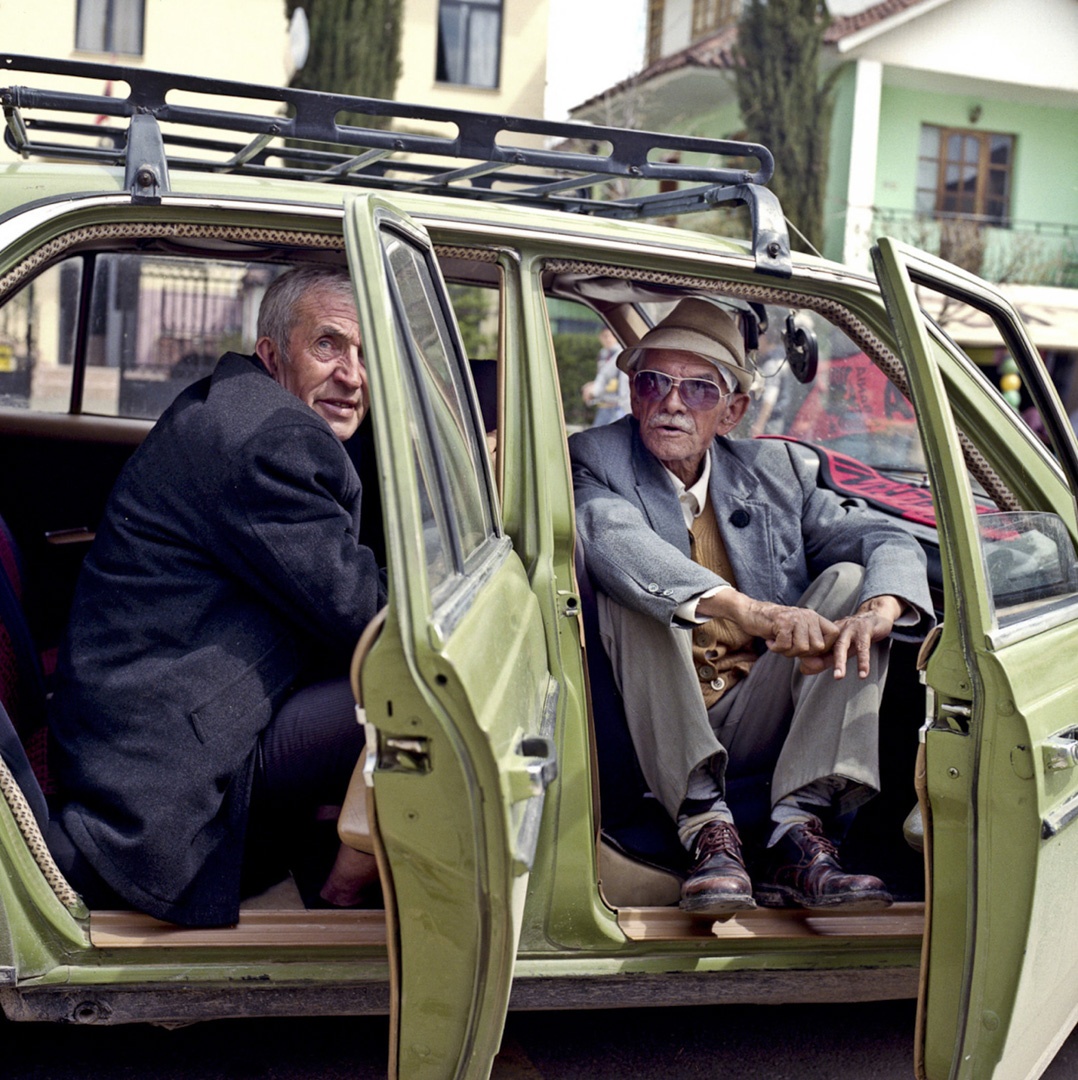
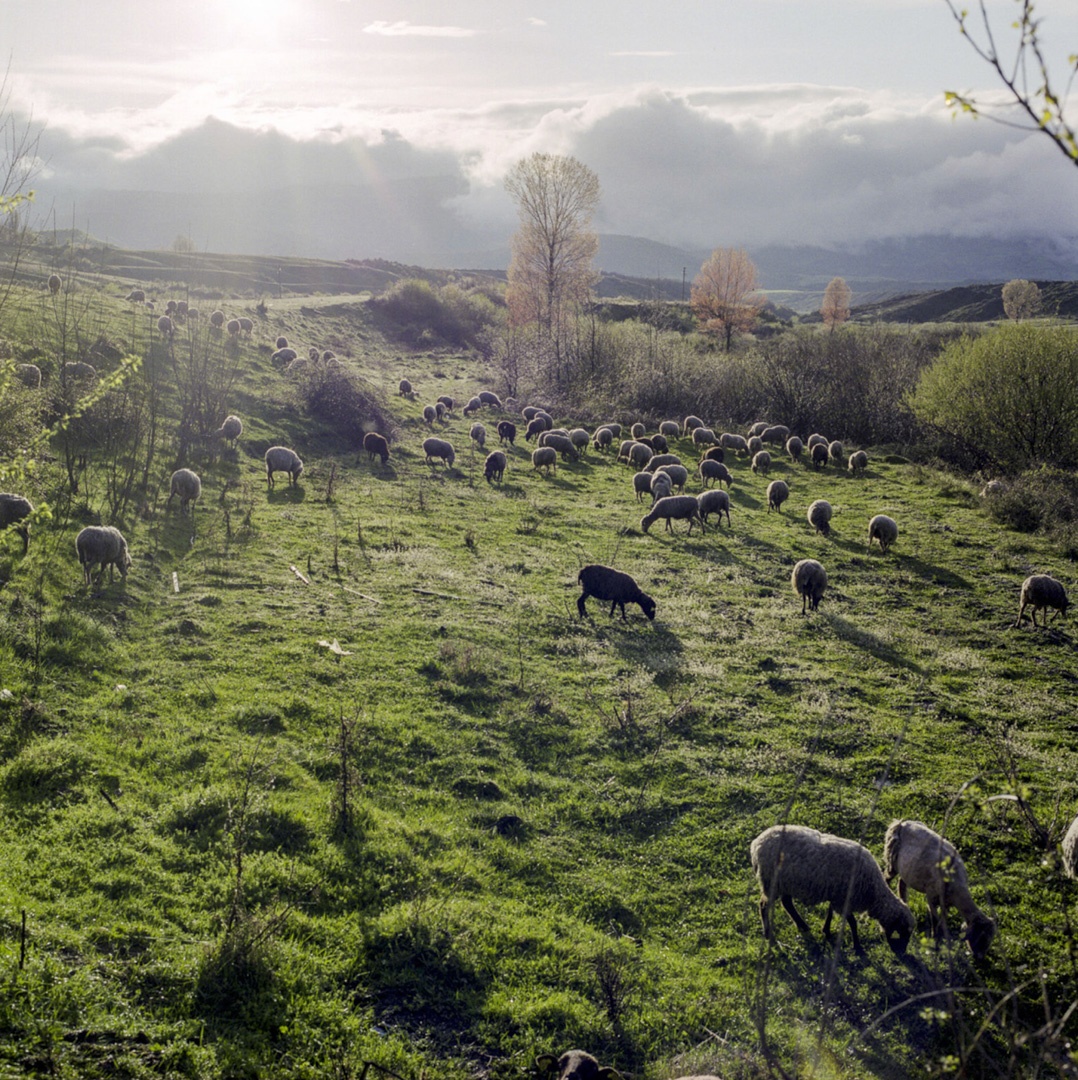

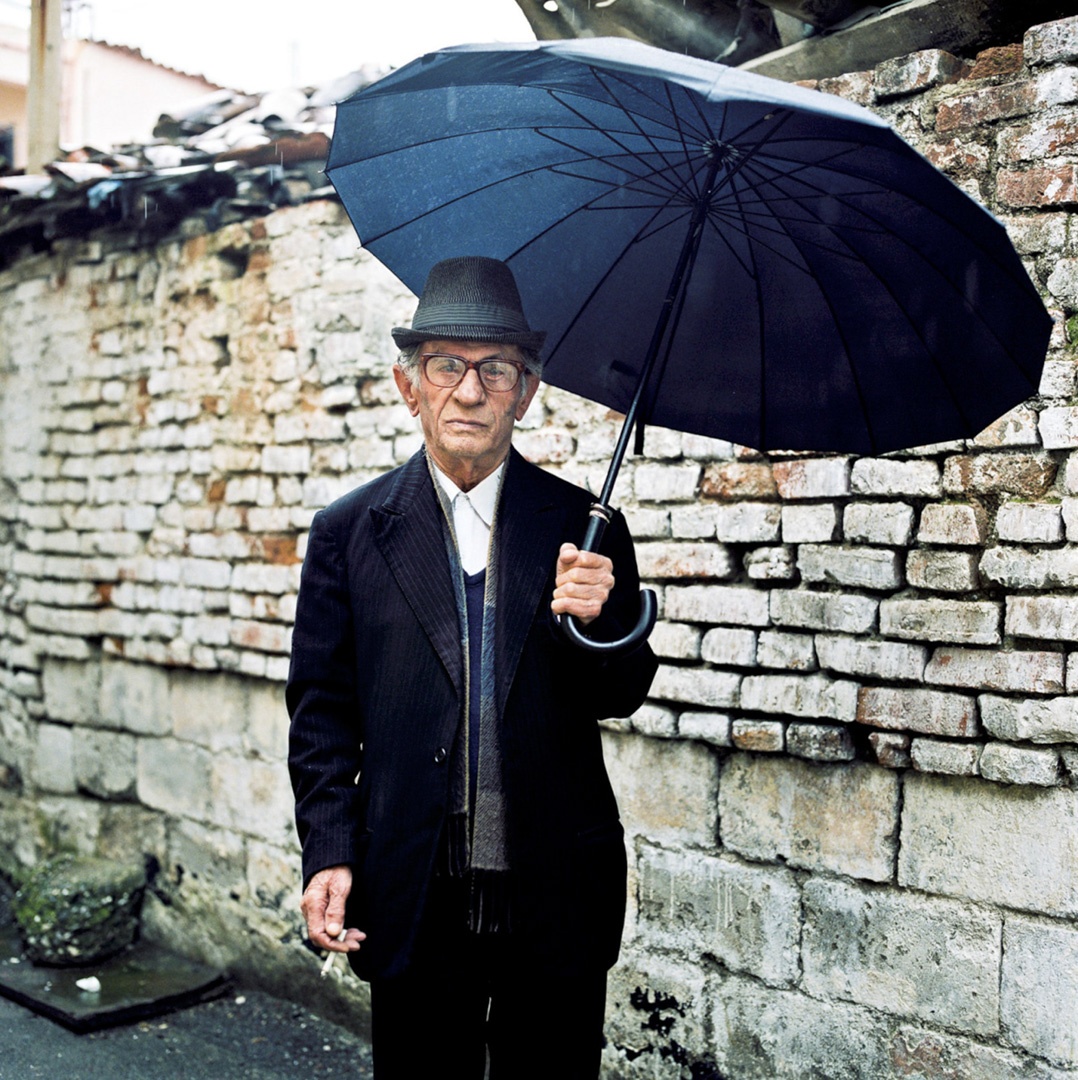
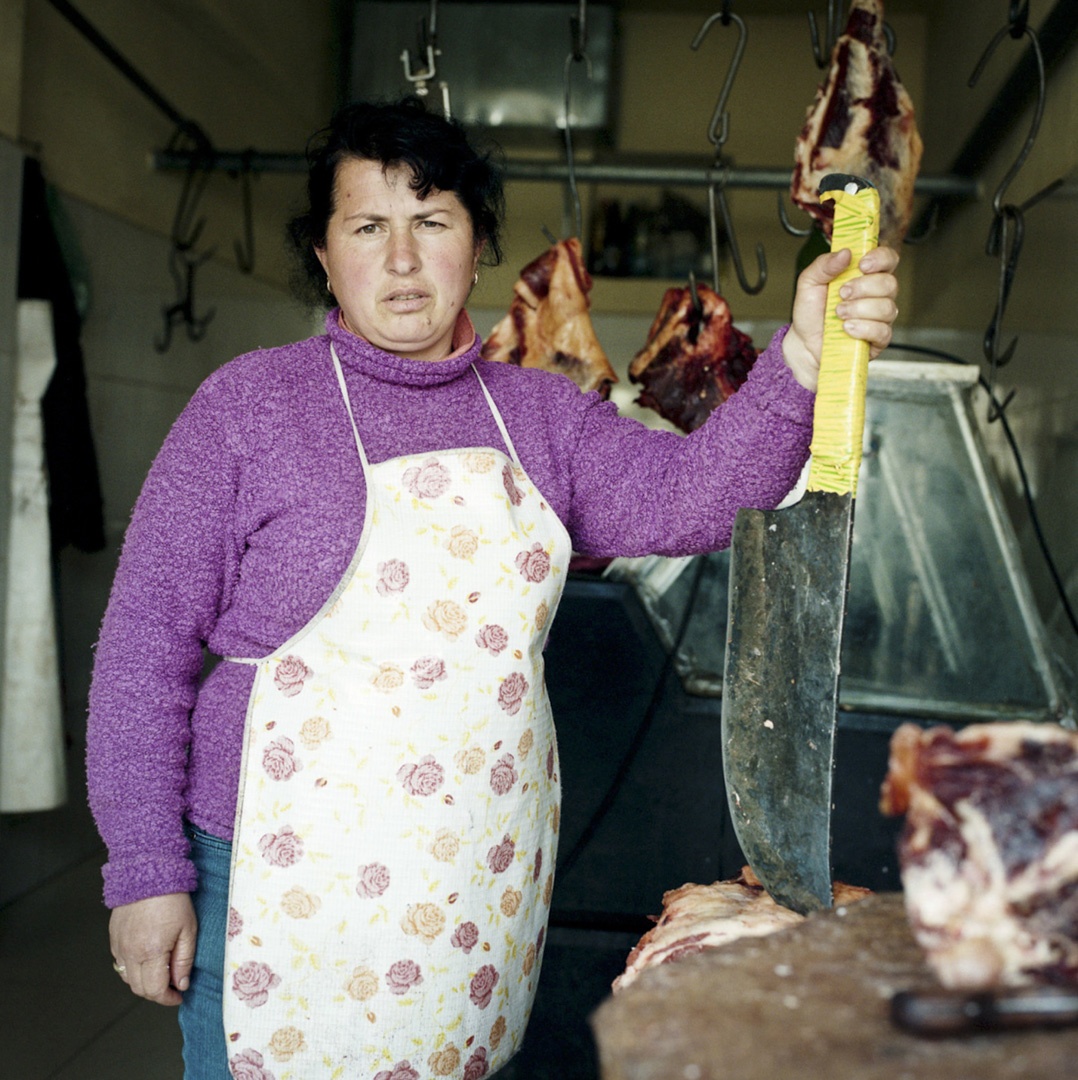
Living in Oblivion was presented at Slideluck Berlin. Maria Teresa Salvati took the chance to ask Zappner a couple of questions about the project.
Albania is now a safer and more politically stable country, compared to the past. Why does it still feel so rough?
Albania is very poor. There are places the police doesn’t go to. Many people fled the country in the ’90s during the ‘Years of the Gun’ and during the Kosovo war. I met a lot of children and adults who lived and were raised for example in Germany or England and then deported back. They were so happy to talk with me about their time abroad. Even as a migrant and refugee, they were more happy abroad than in Albania. They had nothing. No work, no hope, no future. The kids had to leave all their friends and start all over again. I felt this sadness especially in the north. In the tourist areas at the Adriatic Sea people were more relaxed. They had relatives living and working in Greece and sending money. And of course there are also nice and rich areas in Tirana, with bars and restaurants and Humvees and Porsches driving around, but that part never interested me because it is so marginal.
What I found really interesting in this project is the subtle contrast between the poetic tone, especially expressed through the colours, and the toughness of people’s faces. Tell us what’s behind this dichotomy.
I always travelled in April. This produced the same kind of light conditions at the border of winter and spring where light is very soft, giving these pastel tones to everything. Additionally Albania is a typically Eastern European mixture of shady concrete also with washed out colours. Everything is run down and even the newest houses fall apart very soon. But people need colour, so they to add it through their clothes. The toughness in their faces comes automatically through the daily struggle and the history of the country.
What about the project title — what do you mean by ‘Living in Oblivion’?
In the past 10 years I visited a few countries in Europe that are outside the public attention, even though they maybe have a certain geopolitical importance. But the people mostly feel lost and forgotten. So, in my view, they live in oblivion, like in a time bubble. No one cares about them; the only help mostly comes from the family.